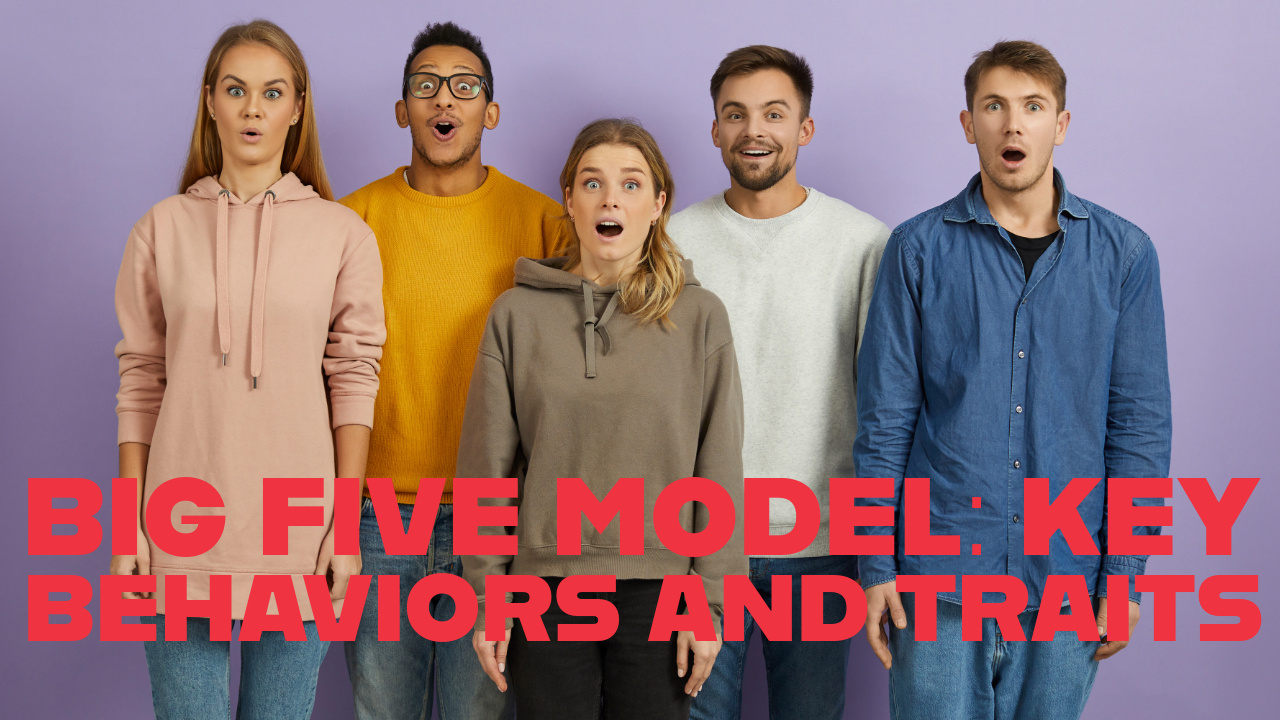3 min read
Why the Predictive Index Doesn’t Measure Neuroticism (Emotional Stability)
Tools like the Predictive Index (PI) provide valuable insights into personality traits related to workplace behaviors, like assertiveness, dominance,...
3 min read
Damon Clark : Nov 5, 2024 12:57:10 PM

The Predictive Index primarily focuses on behavioral traits and work preferences rather than cognitive abilities such as problem-solving skills, critical thinking, or creativity. While these traits are crucial for job performance, they are not directly assessed by PI assessments. Therefore, someone scoring high on a PI assessment may not necessarily excel in tasks requiring deep analytical thinking or innovation.
Emotional intelligence (EQ), encompassing self-awareness, empathy, and social skills, plays a significant role in workplace success. However, the Predictive Index does not directly measure emotional intelligence. Individuals with high emotional intelligence might exhibit behaviors that are not captured by the PI assessment alone, such as effectively managing interpersonal conflicts or understanding the emotional dynamics of a team.
Personal values and ethical considerations heavily influence decision-making and behavior in professional settings. The Predictive Index does not delve into an individual's moral compass, integrity, or alignment with organizational values. Thus, while PI can indicate behavioral tendencies, it doesn't provide insights into whether an individual will make ethical choices or align with the company's ethical standards.
In today's rapidly evolving workplaces, adaptability and learning agility are critical. These traits involve the ability to learn new skills, adjust to change, and thrive in dynamic environments. While the Predictive Index can offer clues about preferred work styles, it doesn't assess an individual's capacity to adapt to new roles, technologies, or organizational shifts over time.
While PI assessments can highlight individual behavioral tendencies, they do not measure how well a person fits into the organizational culture or specific team dynamics. Factors such as communication style compatibility, collaborative abilities, and leadership approach within a particular cultural context are nuanced and go beyond what PI assessments can capture.
Human behavior is often influenced by external factors such as stress, personal circumstances, or even the dynamics of a particular project or team. The Predictive Index provides a snapshot of behavioral preferences but may not account for how these preferences might change in different contexts or under varying levels of pressure.
Finally, while the Predictive Index can hint at general work preferences and behavioral tendencies, it does not assess specific job-related skills, technical expertise, or industry knowledge. For roles that require specialized skills or certifications, additional assessments or interviews are necessary to gauge an individual's suitability beyond their behavioral profile.
While the Predictive Index serves as a valuable tool in understanding workplace behaviors and preferences, it's important to recognize its limitations. Human beings are complex, multifaceted individuals influenced by a wide array of factors that extend beyond what any single assessment can encapsulate. Therefore, while PI assessments provide valuable insights, they should be complemented with other assessments, interviews, and observations to form a holistic understanding of an individual's potential and fit within an organization. Understanding what the Predictive Index does not measure helps in leveraging its strengths while also acknowledging the broader context of human behavior and performance in the workplace.
Check out Hiring the Whole Person - the Head, Heart, & Briefcase
|
|
%20blog.jpeg)
3 min read
Tools like the Predictive Index (PI) provide valuable insights into personality traits related to workplace behaviors, like assertiveness, dominance,...

3 min read
When it comes to understanding personality in a nuanced way, the Big Five personality model is widely recognized in psychology and the workplace....

2 min read
The Predictive Index (PI) and the Big Five personality traits are both powerful frameworks for understanding human behavior. While PI is designed...